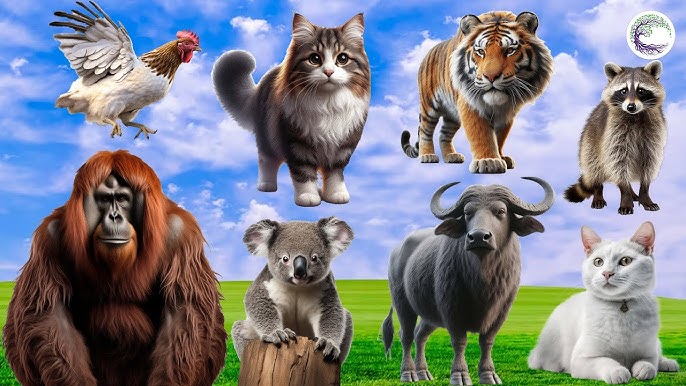
Burmese
Conditions of detention
Burmese cats are adaptable and thrive in various living environments, including apartments and houses. They enjoy being part of family life and require an environment where they receive plenty of attention and interaction.
Useful Fact:
Burmese cats are known for their social and people-oriented nature. They often follow their owners around the house and enjoy being involved in daily activities, making them excellent companions for those seeking an interactive pet.
Nutrition and diet
Burmese cats require a balanced diet rich in high-quality protein to support their muscular build and active lifestyle. Wet food can help with hydration, while dry food can support dental health. Portion control is important to prevent obesity, as Burmese cats are prone to gaining weight.
Useful Fact: Burmese cats may benefit from a diet that includes taurine, an essential amino acid for heart and eye health.
Health
Burmese cats are generally healthy, but they can be prone to genetic conditions such as diabetes, hypertrophic cardiomyopathy, and cranial deformities. Regular veterinary check-ups are crucial for early detection and management of these conditions. Maintaining an appropriate weight is important for their overall health.
Useful Fact: Regular dental care is important for Burmese cats to prevent periodontal disease, which they are prone to.
Grooming and care
Burmese cats have a short, silky coat that requires minimal grooming. Weekly brushing is usually sufficient to keep their coat in good condition and reduce shedding. Regular nail trimming, ear cleaning, and dental care should also be part of their grooming routine.
Useful Fact: Burmese cats enjoy the grooming process and often see it as an opportunity to bond with their owners.
Education and training
Burmese cats are intelligent and can be easily trained using positive reinforcement techniques. They can learn to follow commands, use a litter box, and even perform tricks. Early training and socialization are key to developing good behavior and habits.
Useful Fact: Burmese cats are known for their ability to learn to walk on a leash, making them great companions for supervised outdoor adventures.
Toys and entertainment
Burmese cats are playful and active, requiring plenty of toys to keep them entertained. Interactive toys, puzzle feeders, and climbing structures are great for providing mental and physical stimulation. Regular play sessions help keep them happy and healthy.
Useful Fact: Burmese cats have a strong hunting instinct and enjoy playing with toys that mimic prey, such as feather wands and laser pointers.
Safety
To ensure the safety of your Burmese cat, make sure your home is cat-proofed by keeping hazardous substances and small objects out of reach. Secure windows and balconies to prevent falls. Provide safe spaces for climbing and exploration.
Useful Fact: Burmese cats are curious and adventurous, so keeping a close eye on them during outdoor excursions is important to prevent accidents.
Accessories
Burmese cats benefit from accessories that cater to their active and curious nature. Comfortable beds, scratching posts, and interactive toys are essential. A well-ventilated carrier is important for trips to the vet or travel.
Useful Fact: Elevated feeding stations can help prevent strain on their neck and improve their eating posture
Socialization
Burmese cats are highly social and thrive on interaction with people and other pets. Early socialization helps them become well-adjusted adults. They enjoy being part of the family and often follow their owners around the house.
Useful Fact: Regular social interactions and playdates with other cats or pets can help Burmese cats maintain their social skills and reduce loneliness.
Travel and Transportation
When traveling with a Burmese cat, use a sturdy, well-ventilated carrier for safety. Familiarize them with the carrier beforehand to reduce stress. Bring along familiar items like a blanket or toy to provide comfort during the journey.
Useful Fact: Burmese cats are known for their adaptability and can adjust well to new environments with proper preparation and reassurance.
Behavior and psychology
Burmese cats are affectionate, curious, and enjoy human companionship. They are vocal and expressive, often communicating with their owners through a range of sounds. Providing mental and physical stimulation is crucial to prevent boredom and associated behavioral issues.
Useful Fact: Creating a stimulating environment with plenty of interactive toys and opportunities for play can keep Burmese cats mentally engaged and happy.
Legal aspects
Check local regulations regarding pet ownership, including vaccination requirements and licensing. Ensure compliance with all legal aspects, and keep documentation of your Burmese cat’s pedigree and health records.
Useful Fact: Some regions may have specific regulations regarding the import and ownership of certain cat breeds, so it’s important to be aware of and comply with local laws.


